Bighorn Fire updates, Supernova 2020fqv, iPhone Globular Clusters
Posted: 14 June 2020
Friday, 12 June 2020, dawned clear but with some smoke from the Bighorn Fire (about 15 miles away to the south) visible in the western sky. As of Friday morning the fire was at 7092 acres and still only 10% contained. Many homes in the Tucson area have been evacuated. By mid-afternoon the sky was completely smokey and there were even clouds. Saturday, 13 June, dawned cleared but still with some smoke from the Bighorn Fire that continued to grow, 10367 acres and still 10% contained. In the afternoon the temperature at Cassiopeia Observatory was over 100°F with wind gusts of 35 MPH. Weather conditions at the fire were probably worse. The visible smoke increased here. Here are views to the south (L) and east (R) of the smoke in the late afternoon taken about an hour apart.
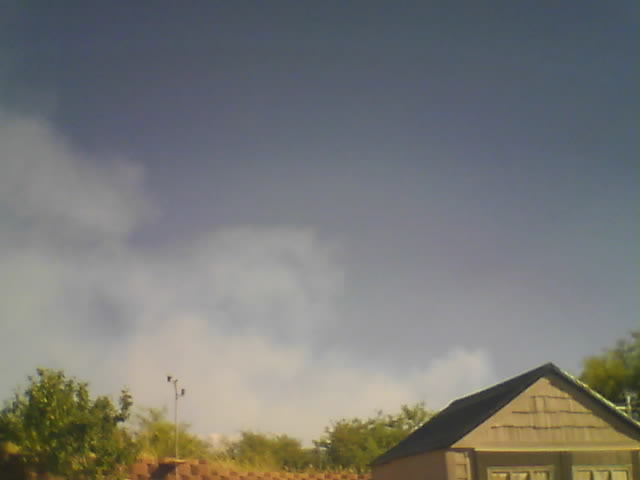
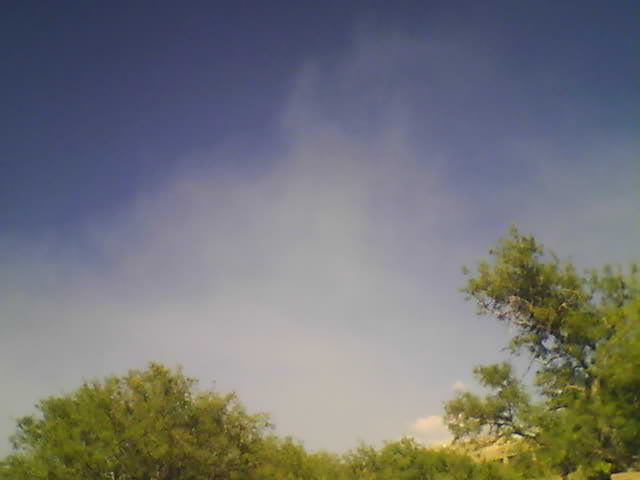

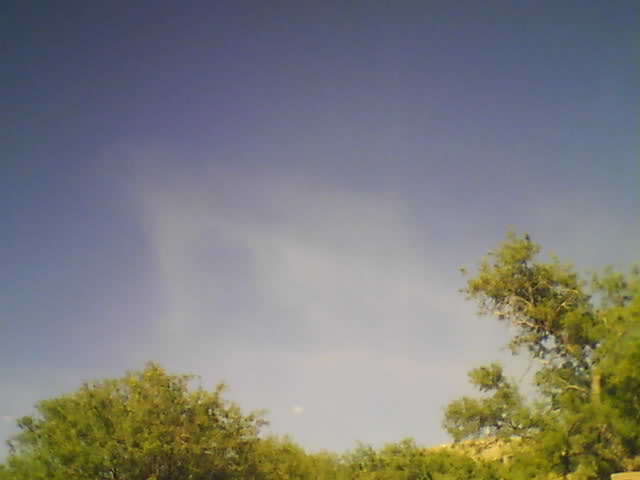
As sunset approached the fire had burned 11500 acres with 11% containment. The smoke here had moved off to the east due to the strong wind from the west. The forecast said the wind would die down after sunset so I decided to open the observatory Saturday evening.
|
Open: Saturday, 13 June 2020, 1925 MST Temperature: 89°F |
Session: 1491 Conditions: Mostly clear, some smoke, breezy |
Equipment:
12" f/8 LX600 w/StarLock
12x50 binoculars
2" 24mm UWA eyepiece
1.25" 15mm eyepiece
Atmospheric Dispersion Corrector
2" 14mm 100° eyepiece
Camera:
iPhone 11 Pro Max
D850 DSLR
1930 MST: LX600 ON, StarLock OFF, High Precision OFF.
Slewed to the planet Mercury, low in the western sky. It was not yet visible.
1950 MST: viewed Mercury, 12x50 binoculars. 1952 MST: viewed Mercury with the 12" telescope, 102X. Switched to the 15mm eyepiece + Atmospheric Dispersion Corrector. Fairly good view of the crescent phase of Mercury, 163X.
Tried imaging the planet but it was too low and behind a tree.
2004 MST: calm now.
Slewed to NGC4568 (one of the Siamese Twins galaxies) to image supernova 2020fqv after the end of Astronomical Twilight (2113 MST).
2011 MST: began relaxing on the observatory patio bench while waiting for the sky to get dark.
2040 MST: saw a rather bright polar orbiting satellite. As a test I decided to try to photograph it using the iPhone 11 Pro Max and Camera app in Night Mode. This is a handheld 3 seconds exposure showing the moving satellite over the observatory dome.
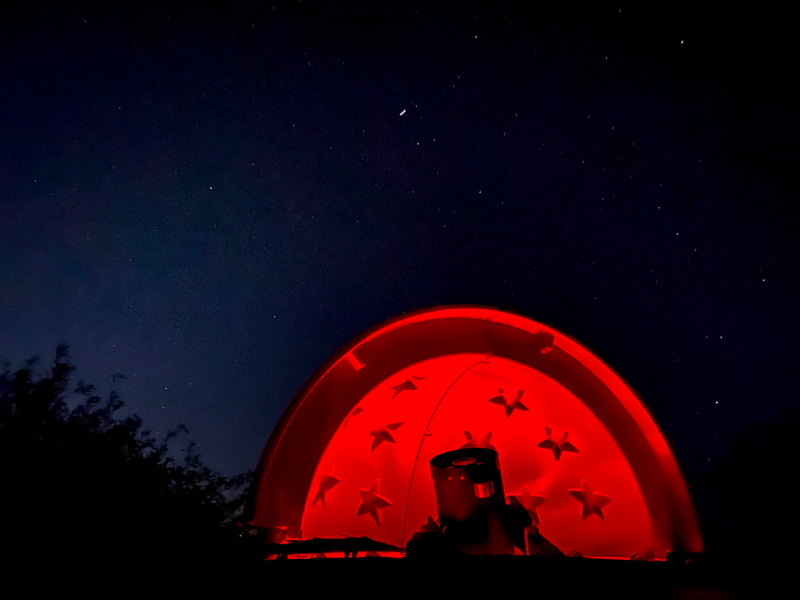
2043 MST: back inside the observatory. Prepared the D850 DSLR for prime focus imaging.
2053 MST: viewed NGC4568, 102X and 174X. Using the 14mm eyepiece (174X) I could intermittently detect supernova 2020fqv.
Mounted the D850 DSLR at prime focus, focused on Spica, and locked the primary mirror. Some clouds were approaching the position of the galaxy.
2107 MST: StarLock ON.
I did 1, 2, and 3 minutes, StarLock autoguided, ISO 6400, White Balance 5560K, exposures of NGC4568. As I began doing a 5 minute exposure the seeing rapidly deteriorated (the clouds) and autoguiding was bad. This is the 3 minute exposure (cropped) showed the colliding Siamese Twins galaxies with supernova 2020fqv in NGC4568.
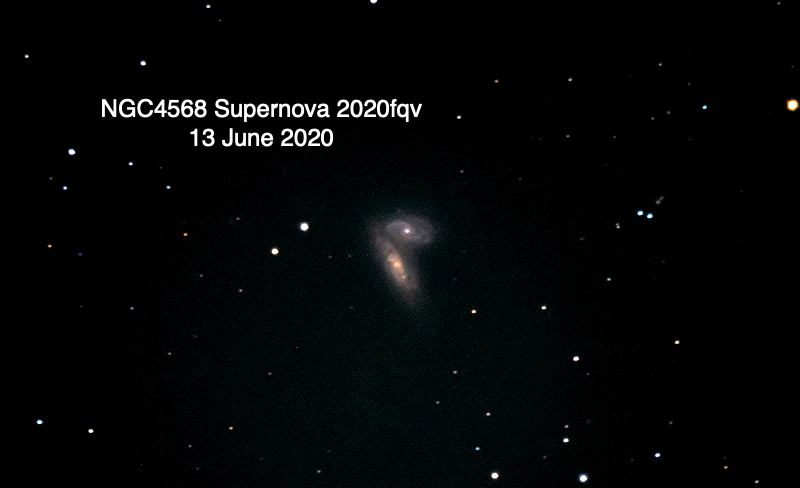
Mouseover or tap on image for pointer to the supernova
Unmounted the D850 DSLR. Viewed M4 (globular cluster), 102X, 174X, and 163X. Mounted the iPhone 11 Pro Max on the 15mm eyepiece. Imaged several globular clusters for my Messier Catalog iPhone Astrophotography album using NightCap Camera (Long Exposure, Light Boost, ISO 12500 and ISO 6400, 1 second, 1 minute, 1X lens), afocal 163X. 2200 MST: breezes returned.
M4

M9
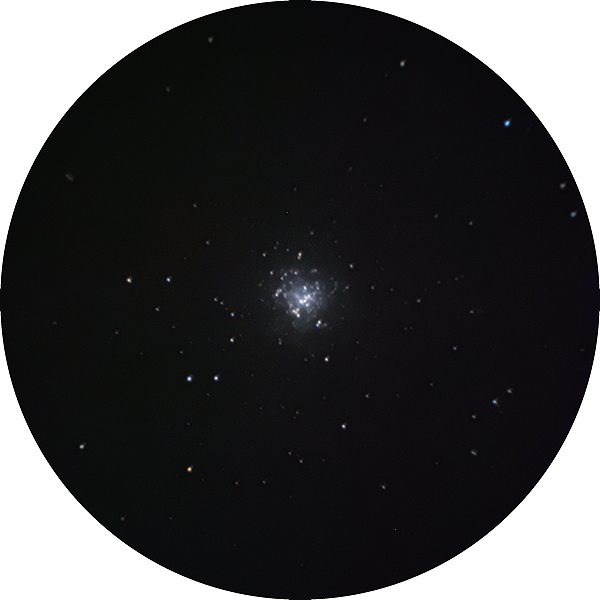
M19

M62
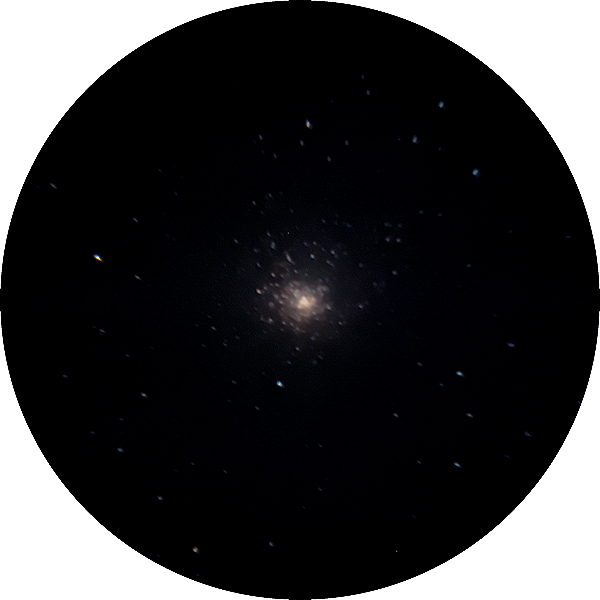
M80
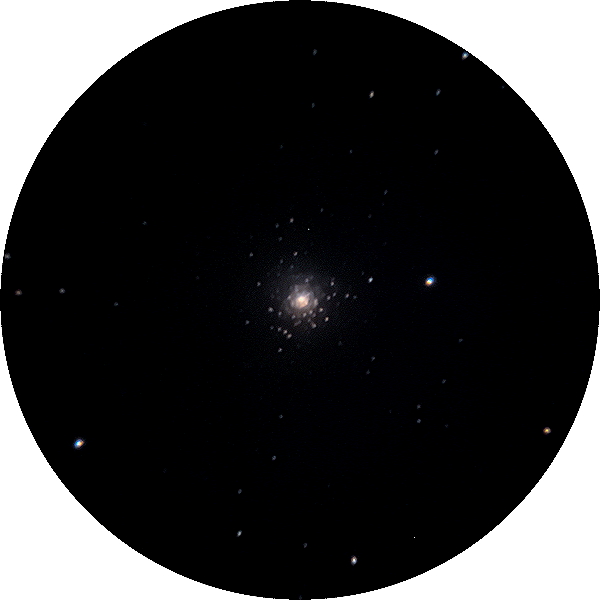
M107

2210 MST: StarLock OFF.
Viewed M107, 174X and 102X.
2218 MST: did some viewing along the Milky Way, 12x50 binoculars. Nice sights.
2224 MST: LX600 OFF.
Started to do a Sky Quality reading but the battery in the meter died. I did not have a replacement in the observatory.
|
Close: Saturday, 13 June 2020, 2242 MST Temperature: 76°F |
Session Length: 3h 17m Conditions: Mostly clear, breezy |
Comments are welcome using Email. Twitter users can use the button below to tweet this report to their followers. Thanks.
Cassiopeia Observatory Home Page
Copyright ©2020 Michael L. Weasner / mweasner@me.com
URL = http://www.weasner.com/co/Reports/2020/06/14/index.html

